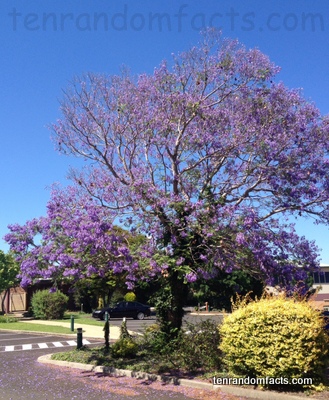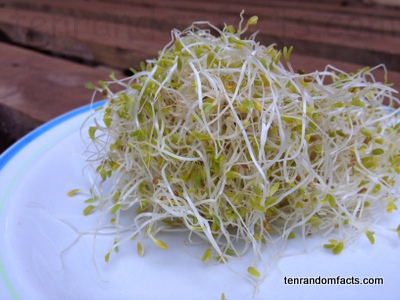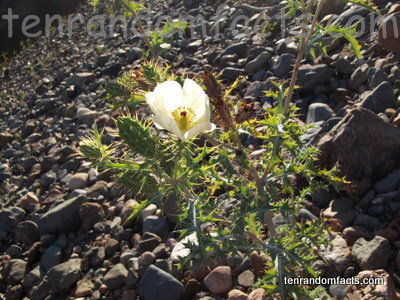
Hydrangeas may look like mops, but will not work like one.
- Hydrangeas are generally flowering shrubs that grow from 1 to 3 metres (3 to 10 feet) in height, but some species are trees or climbers, with some climbing up tall trees.
- Hydrangeas are mostly hardy plants that are also known as ‘hortensia’, and are from the family Hydrangeaceae.
- There are over 70 species of hydrangeas, that either deciduous or evergreen, with the most commonly grown type, Hydrangea macrophylla, being deciduous.
- Hydrangeas are native to east and south Asia, as well as north and south America.
- Hydrangeas have flowers that are either pom-pom shaped or flat-headed, known as ‘Mopheads’ and ‘Lacecaps’ respectively.
- The flowers of hydrangeas can be white, blue, and pink, purple or red in colour, which are often determined by the soil the plant is planted in, with acidic soils producing blue flowers and alkaline soils bearing flowers in pink or red shades.
- Hydrangeas are popular decorative and ornamental plants in the garden, and usually bloom in spring and summer.
- Certain hydrangea species are poisonous, and can cause severe sickness or fatalities if consumed, and despite this, some parts are sometimes smoked.
- Hydrangeas are mostly hardy plants and prefer semi-shaded areas.
- Some species of hydrangeas have leaves that are used to make a sweet tea.
Bibliography:
Hydrangea, 2011, Gardening Australia, http://www.abc.net.au/gardening/stories/s1866625.htm
Hydrangea, 2013, Wikipedia, http://en.wikipedia.org/wiki/Hydrangea























